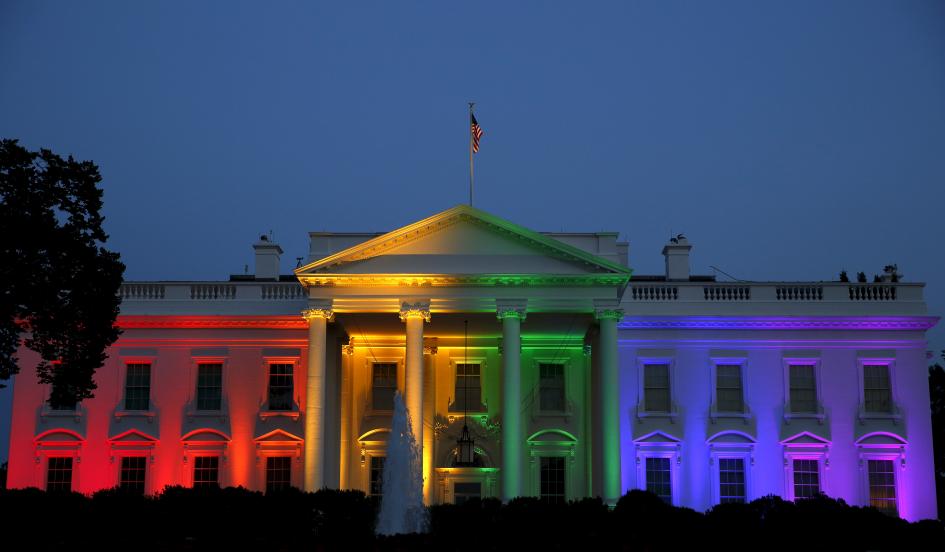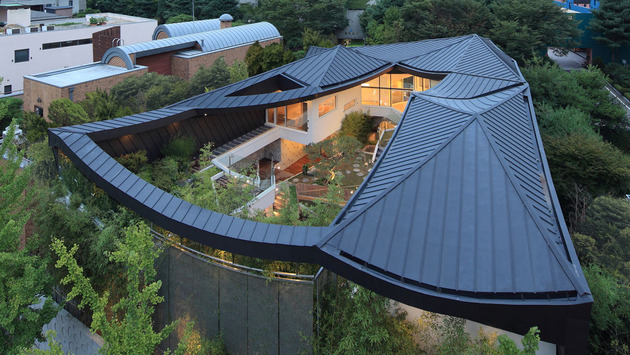The American Museum of Natural History’s Hall of Asian Peoples, inaugurated in 1980, opens with a diorama of a Samarkand market stall, undated, over which is the tag line “The Lure of Asia.” One couldn’t ask for a more perfect example of the kind of Orientalism Edward Said took to task four years earlier. There’s the othering — Asia is only a lure to non-Asians; for actual Asians, it’s just home — and the presentation of authentic Asianness as an undated premodernity. You see the same thing over and over throughout the exhibition, like the bier that’s presented as part of a Chinese marriage, with no notion that Chinese marriages in 1980 might be any different from whatever they were in the static eternal traditional past.
For all its flaws, though, the Hall of Asian Peoples was at least an attempt to make Asian culture, traditions, and artifacts legible to an audience unfamiliar with them. It belongs to a different era of ethnography — one corner describes “man’s rise to civilization,” as if it were unidirectional and didn’t involve women — but it’s not irresponsible. The collection is presented carefully, thoughtfully, with great attention to detail and a genuine attempt to respect the cultures presented.
The same, alas, can’t be said for China: Through the Looking Glass, the Costume Institute show at the Metropolitan Museum. The exhibition begins with a wall text that name-checks Edward Said in order to cast aside any serious reckoning with Orientalism as a field of power relations, choosing instead to see Asia as a source of inspiration and creativity for Western artists through the ages. All well and good, except that the show then colonizes the entirety of the Met’s Chinese art galleries, literally casting them in its own light, and making the objects and history of the actual China almost impossible to see. If it’s a show about Orientalism in action, it delivers.
At the Met, the Chinese galleries begin with the monumental, breathtaking 14th-century Buddha of Medicine Bhaishajyaguru, which, at 25 feet by 50 feet, gives a sense of the grandeur of Chinese tradition. Except that now you can’t see it, because of forest of glass bamboo poles is in the way, a work meant to reflect, I suppose, the repeating film clip we see of Crouching Tiger, Hidden Dragon.
The takeover continues, as the long hallway of early Chinese art is dimmed, lit in weird colors, and overtaken by an unnecessary wash of vaguely Asianish synth washes for no discernible reason. The Astor Court, normally an elegant refuge, is turned into a sordid nightclub, the rear wall lit red, the floor covered in black plastic meant to look like lacquer, the usual hush overtaken by kung fu movie sounds. The weird, bad lighting throughout — meant, I imagine, to preserve the clothing — destroys any opportunity to engage with the Met’s substantial Chinese art collection on its own terms. The exhibition even wanders down into the Egyptian wing, as if to say a little hello to Edward Said’s corner of the world. And you can’t escape the noise of this behemoth, even when you sneak off into the Chinese decorative arts, or the Korean collection, or the Gandharan Buddhist sculptures. Like any colonizing force, it’s insidious.
The exhibition tries to be clever, juxtaposing dresses and historical pieces. Sometimes it works, and other times it’s just facile. It might have been kind of hip if it had been put in the Costume Institute, or in its own special exhibition area. Instead, it’s just unnerving and weird: you look for your favorite pieces, like the Han Dynasty dancer, and they’re gone, only then you find them in some dim Plexiglas vitrine next to a dress with a dreadful Asiatic kitsch hat thrown on top for no good reason.
It is, I think, the first show I’ve ever seen at the Metropolitan Museum that actually pissed me off. I wanted to go look at the Chinese art, and it was buried. Fashion has a nasty habit of borrowing and burying, and also a nasty habit of turning Asia into raw material, whether it’s silk, ideas, or labor. That the Met gave it free rein to do so in its Chinese galleries is a disappointment.







